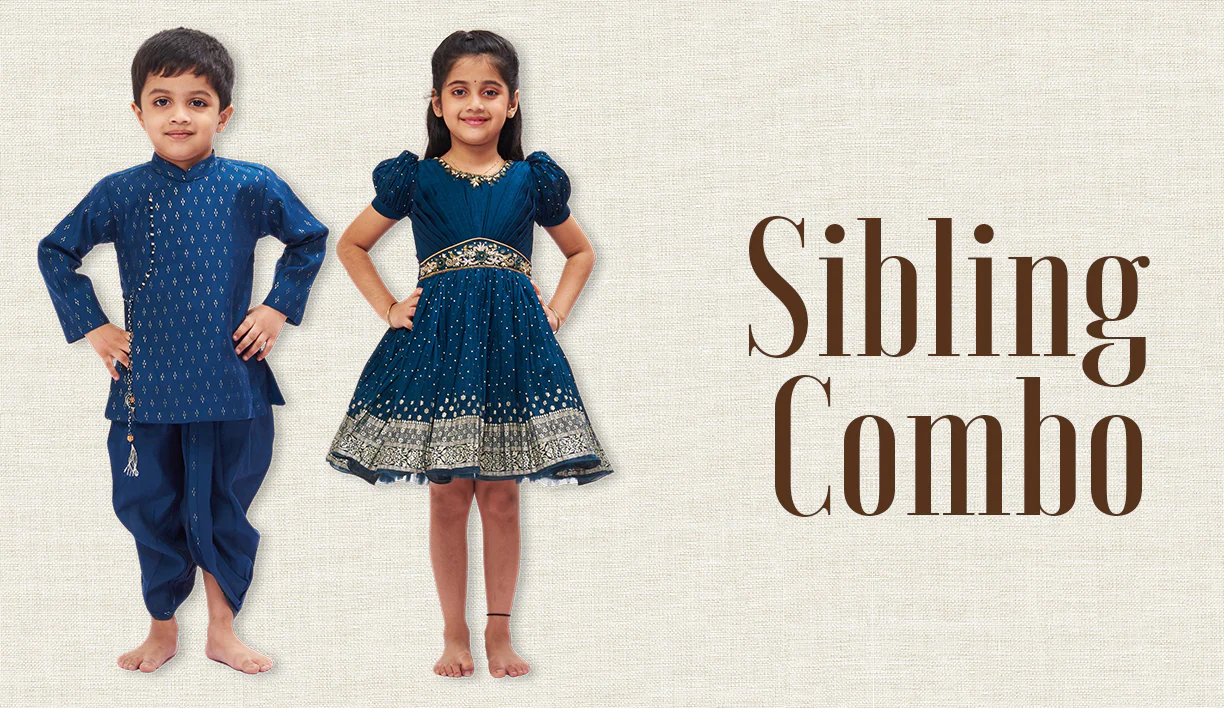Fortnite, Roblox & Co; A Parent’s No-Jargon Guide to Popular Games
“Amma, can I buy 1,000 Robux?”
“Appa, I need to finish my mission in Fortnite before I come to dinner!”
If these sentences sound familiar-and slightly baffling-you’re not alone.
Today’s kids live in a world where games are more than just games. They’re virtual playgrounds, social spaces, creative tools, and, yes, potential tantrum triggers. But what are these games really about? Are they safe? And how can you stay in the loop without having to become a gamer yourself?
Take a deep breath. This is your no-jargon, judgment-free guide to the most popular games your kids are playing-so you can parent with confidence (and maybe even impress them with your knowledge!).
🎮 1. Roblox – The Game of a Thousand Games
What it is
A platform with millions of user-created games. Kids can play anything from fashion shows to obstacle courses to virtual pizza delivery. It’s like a digital LEGO world... with every type of experience you can imagine.
Why kids love it
They can play with friends, create their own games, customize avatars, and explore new virtual worlds daily.
What parents should know
-
It’s multiplayer and social-kids can chat with others online.
-
In-game currency is Robux, often requested for upgrades.
-
Parental controls exist! You can restrict chat, limit games, and monitor activity.
🧠 Parent Tip Set a spending limit and turn on the PIN-protected parental settings in the account.
🔫 2. Fortnite – The Stylish Survival Game
What it is
An online battle game where 100 players compete to be the last one standing. Known for its bright colors, over-the-top dance moves, and frequent “skins” (costumes) inspired by pop culture.
Why kids love it
It’s competitive, fast-paced, and constantly updated with new content. Plus, the social part-squad battles with friends-is a big draw.
What parents should know
-
It’s rated 12+, mostly for violence (though it's cartoonish, not gory).
-
Kids can buy V-Bucks (in-game money) for outfits and gear-peer pressure is real.
-
Voice chat is enabled by default, but you can turn it off.
⏳ Pro Tip Create a “1 Match Left” rule. Each game is 15–20 mins, so it’s easier to manage expectations at bedtime.
🐍 3. Minecraft – Digital Building with Endless Possibilities
What it is
A sandbox-style game where kids can build anything-from treehouses to entire cities-using textured blocks. It has both survival and creative modes.
Why kids love it
It’s like digital storytelling and building all in one. Plus, they can explore with friends.
What parents should know
-
One of the most educational games out there (used in schools too).
-
Servers can be public or private-opt for Minecraft Realms (invite-only play) for safety.
-
Endless YouTube content means they’re likely watching AND playing.
🧒🏽 Fun Fact Kids often learn coding basics through Minecraft mods!
🧠 4. Among Us – A Whodunit in Space
What it is
A multiplayer game where players work together to complete tasks... except one is an impostor trying to sabotage the group. Think “online hide-and-seek with a twist.”
Why kids love it
It’s social, silly, and filled with suspense. They love the guessing game and taking turns as the sneaky impostor.
What parents should know
-
Chat is part of the game-filter options are available, but monitor who they play with.
-
Games are short (~10 mins), making it easier to manage.
-
Best played with known friends or family.
🧟 5. Brawl Stars, Clash Royale & Co. – Quick-Fire Strategy Games
What they are
Short, action-packed mobile games with simple controls and competitive formats.
Why kids love them
Quick games, colorful characters, and daily rewards keep them coming back.
What parents should know
-
Highly addictive due to reward loops.
-
Designed to encourage spending (gems, upgrades, loot boxes).
-
Use Screen Time tools to set daily limits.
📵 Tip Set boundaries like “play only after homework” or use reward charts for earned game time.
🛡️ General Tips for Parents Navigating the Gaming World
✅ 1. Play Once, Even If You’re Bad
Even 10 minutes of trying the game can help you understand your child’s world-and spark some surprising conversations.
✅ 2. Set Clear Limits
-
Use built-in parental controls (Apple Screen Time, Family Link)
-
Use timers "Alexa, set a 30-minute gaming timer"
✅ 3. Talk Openly About Online Friends
Some games connect kids with strangers. Teach them never to share personal info and report inappropriate behavior.
✅ 4. Balance with Offline Fun
Encourage traditional games, crafts, outdoor play, and reading. (We love pairing new-age play with timeless traditions-like dressing up for Krishna Jayanthi after a round of Minecraft!)
💬 Real Parent Story
“At first, I had no idea what Fortnite even was. But once I played a match with my son, I could finally talk his language-and set better limits too. Now, we even schedule a ‘Fortnite Friday’ where he can play freely for an hour, no arguments!” – Kavitha, mom of a 10-year-old gamer
❤️ Final Thoughts
You don’t have to be a gamer to be a great digital parent.
Just like we teach manners at home or values through culture, we can guide our kids to play smart, stay safe, and keep real life in balance.
So the next time your child says “One more match?”-you’ll know exactly what they mean… and how to handle it.
Need more parenting support (and stylish outfits for family time offline)?
Explore our beautifully crafted kidswear at www.thenesavu.com – where tradition meets childhood magic.























Leave a comment